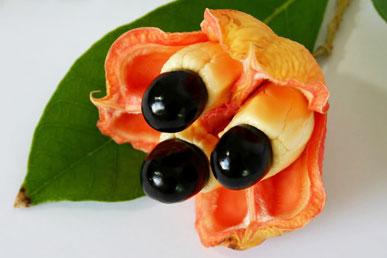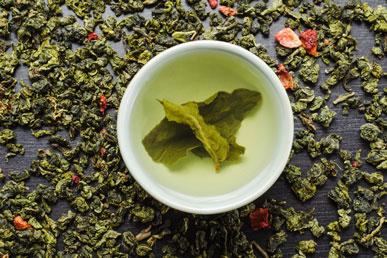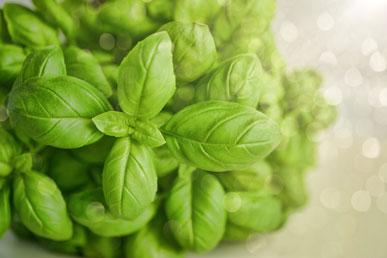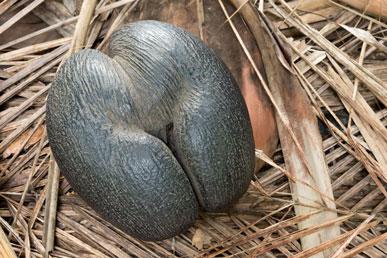Meet another selection of interesting unusual fruits from around the world that amaze not only with their eccentric shape, but also with a specific smell and spicy taste.
Babassu
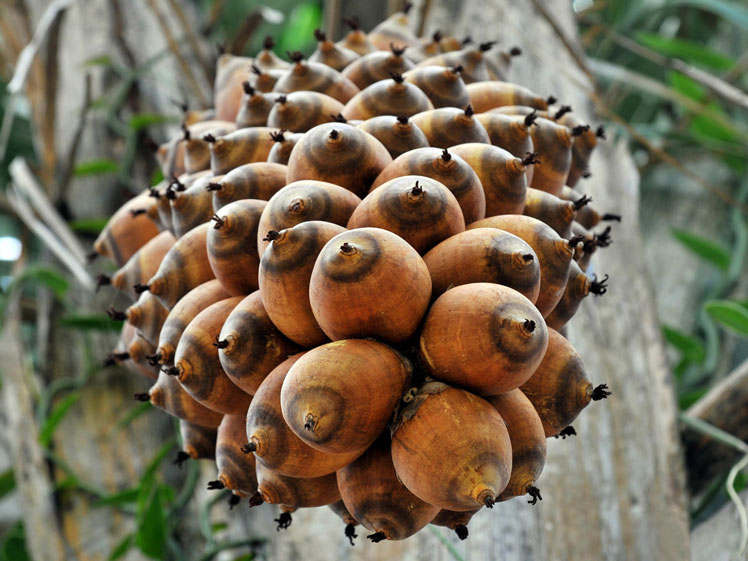

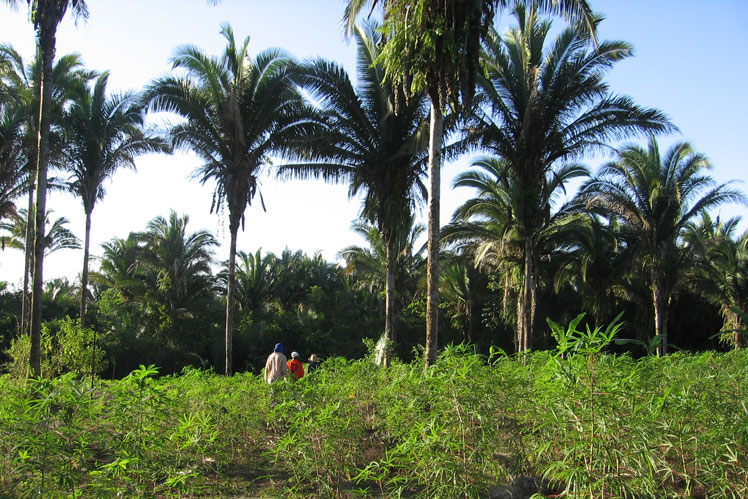

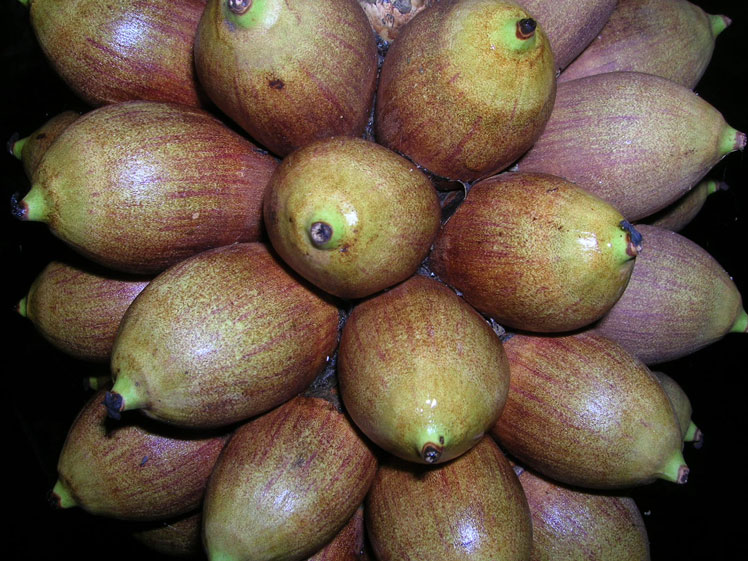
CONSTANTINO LAGOA on flickr.com
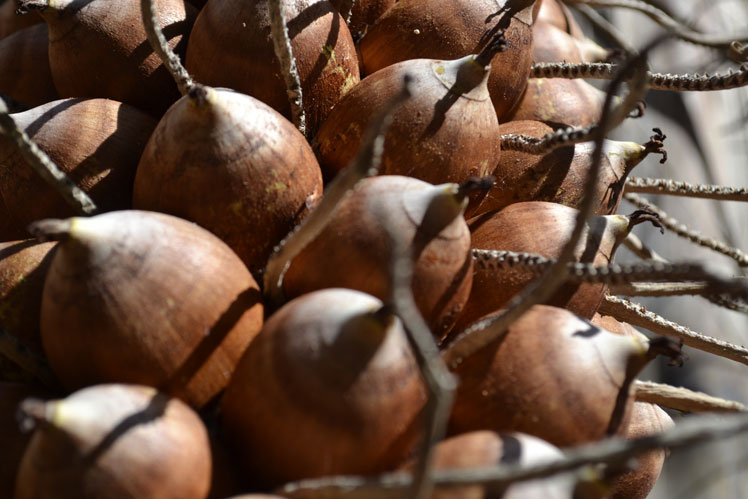
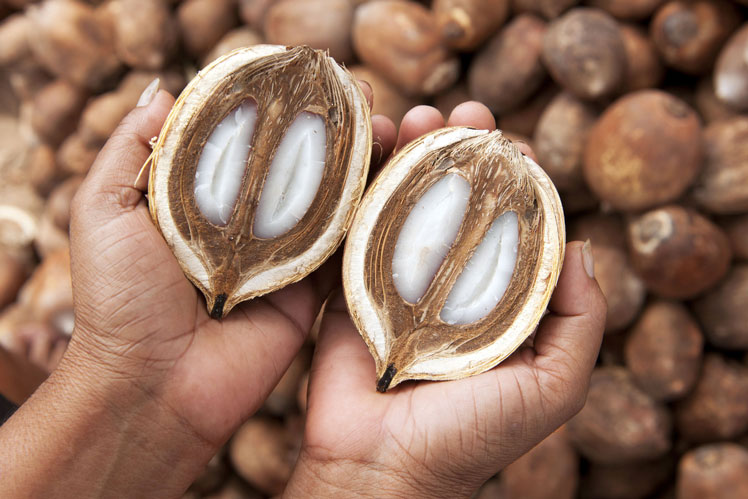
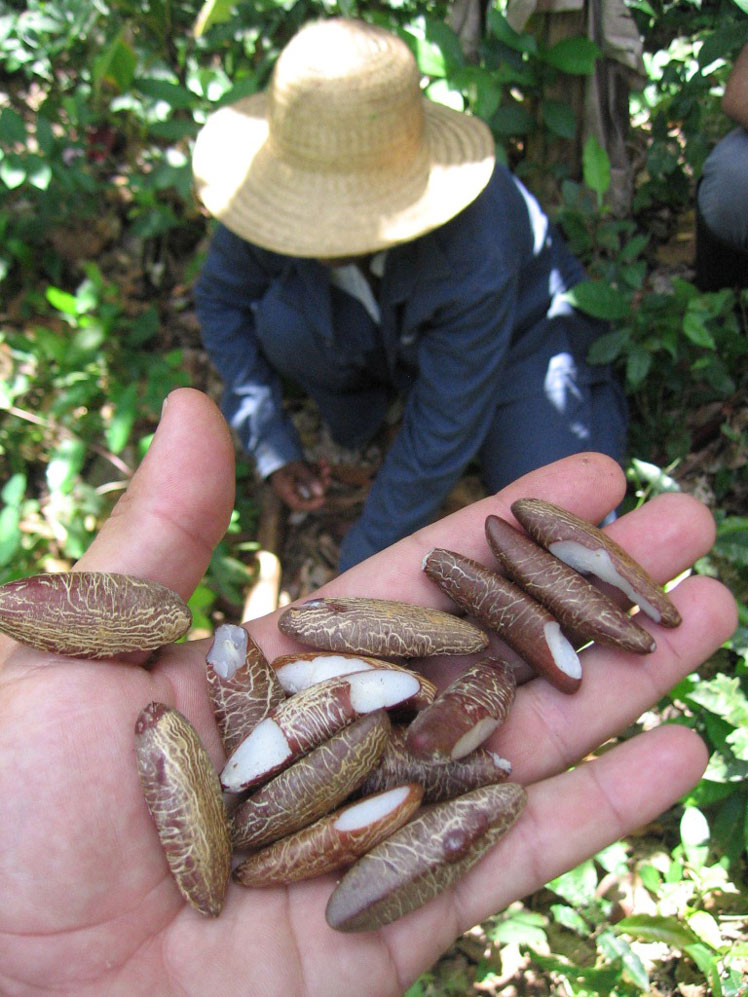
Babassu (or Attalea speciosa, or Kusi) is a palm tree about 20 meters high, growing in Brazil, in the Amazon. The babassu palm is the dominant species in the tropical wet broadleaf forests of Maranhão Babaçu in the states of Maranhão and Piauí.
Babassu palm fruits are nuts collected in clusters of 500 pieces. In appearance, they resemble small coconuts. They are used to manufacture products such as medicines, cosmetics and drinks.
The shell of the nut can be used to make smokeless charcoal, while the pulp of the babassu nut is used to make flour.
Traditional communities in the Maranhao region of Brazil also produce flour from the pulp of the babassu nut, which is sold as a dietary supplement.
Babassu has commercial value because its seeds produce an edible oil called babassu oil, which is also used in cleaning and skin care products.
Interesting fact. Babassu palm oil has been used as a biofuel. In February 2008, it was mixed with coconut oil and jet fuel to power the engine of a Virgin Atlantic Boeing 747 during flight tests.
Cosmetic properties of babassu oil
- Babassu oil is an excellent emollient and spreads well over the skin, absorbs quickly and does not leave a greasy sheen or greasy feeling. When applied to the skin, it gives the latter softness and silkiness, soothes and protects, prevents dehydration of the skin, makes it elastic. Softens, protects hair, improves the structure of damaged hair.
- Thanks to tocotrienols, it has antioxidant and anti-aging effects.
- Babassu oil contains a high proportion of lauric acid, which has an antimicrobial effect. For this reason, the cosmetics industry uses babassu not only for dry and tired, but also for oily, combination skin with inflammation.
- Suitable for all skin types, including sensitive. The protective and softening effect has a beneficial effect on damaged, dehydrated, rough, flaky skin.
- Appropriate in anti-couperose products.
- As part of the cream, it gives additional stability to the recipe.
- The oil is used in body products, is a good base for massage, is used in products for dry and brittle hair, creams, lip balms and lipsticks, hand and nail products.
- Gives soap a good lather.
Jamaican plum
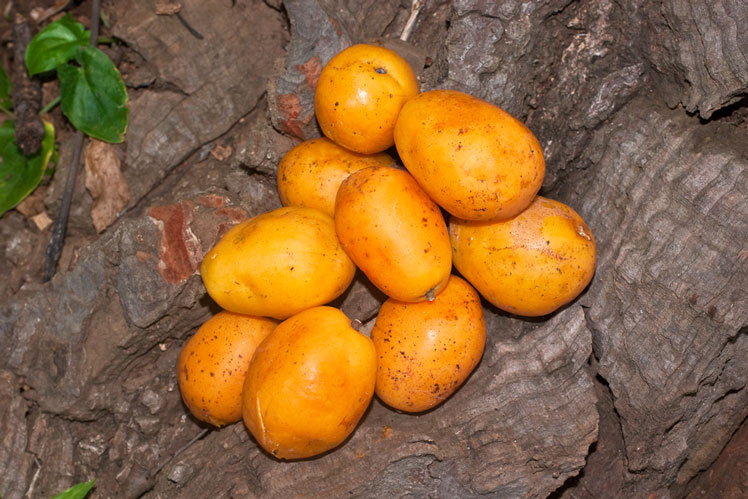
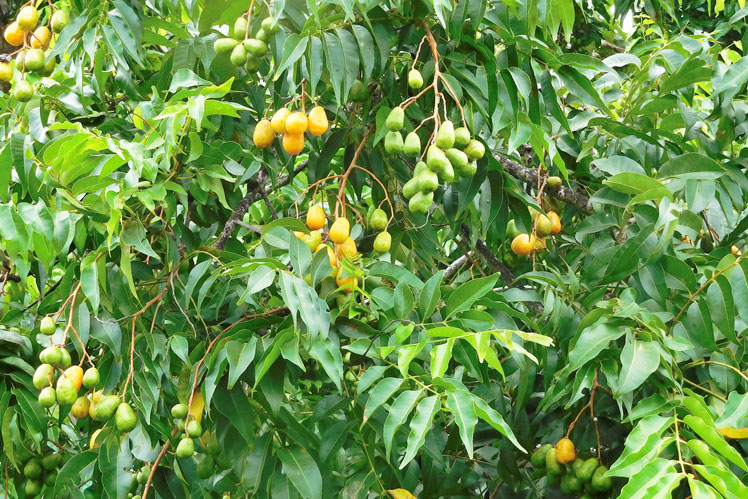
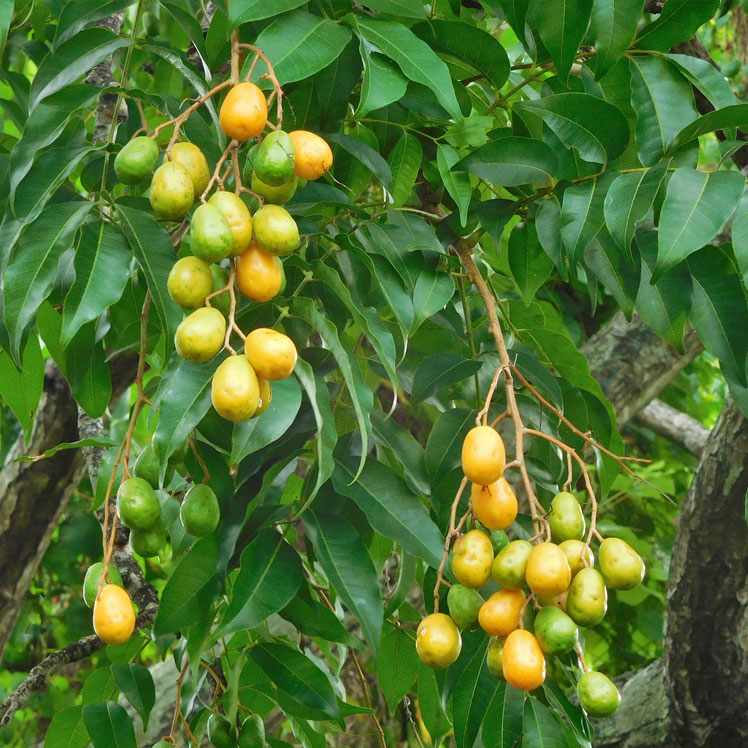
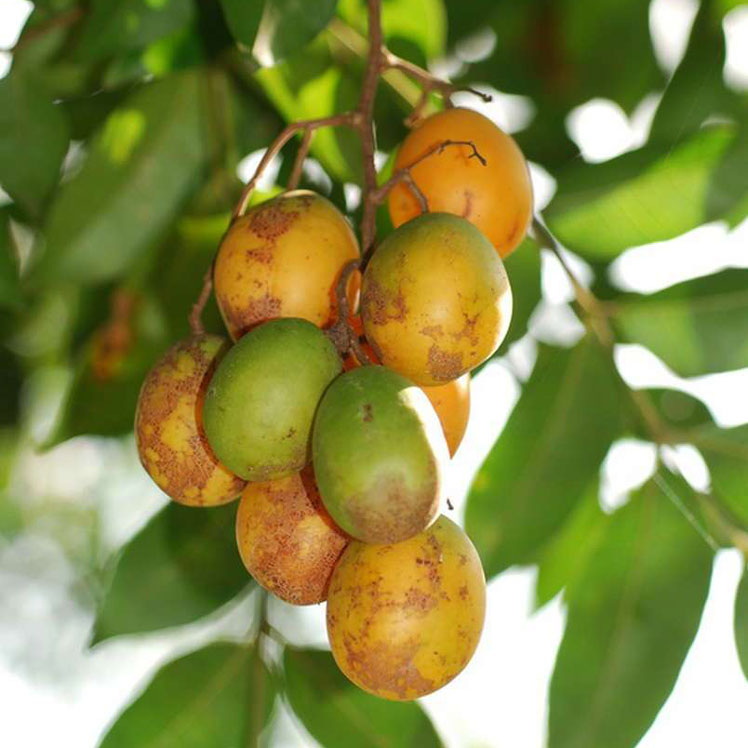
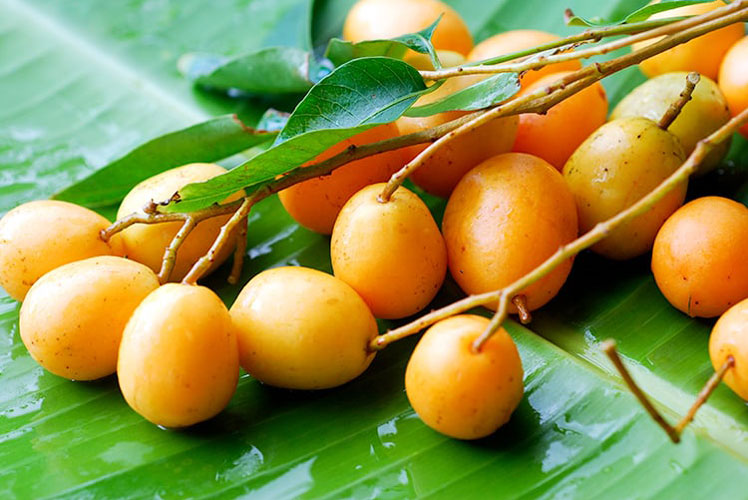


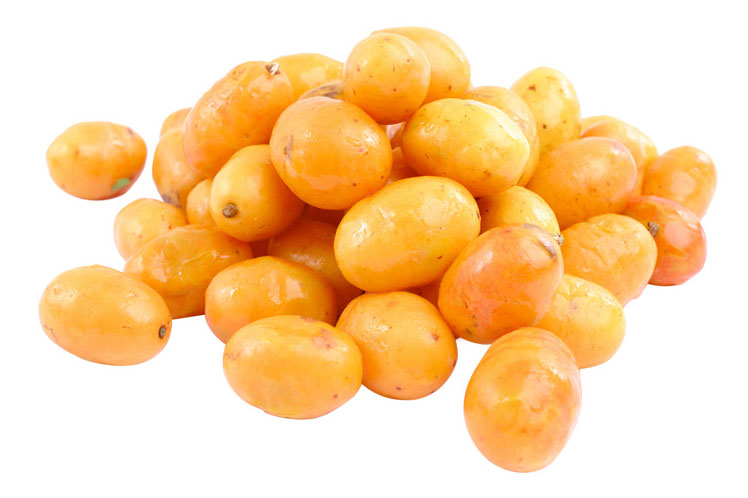
Mombin yellow (or Jamaican plum) is a large tree up to 40–45 meters high. The homeland of the yellow mombin is the tropical forests of Central and South America (from southern Mexico to Peru and Brazil) and the islands of the Caribbean. It is now widely cultivated in tropical Africa. It is also grown on a smaller scale in India, Indonesia, Malaysia and Bermuda.
Mombin yellow has other names, for example: in Spain it is called "Spanish tropical plum" or "plum-mango", in France – "prune-mombin", in Peru – "ubos", the Amazonian Indians call it "tapira fruit".
Jamaican plum fruits are oval or ovoid drupes, 3–4 cm long and 2,5 cm wide, with golden yellow thin, tough skin and very juicy, sour, slightly musky, and slightly turpentine-flavored flesh. Cream-colored stones, about 2 cm long, ovoid with longitudinal wrinkles.
In ancient times, mombin yellow was widely used by the ancient Mayan people. Today it is valued by sailors who take the fruits with them to quench their thirst when they go on a voyage, because the fruits are very juicy.
Also, the fruits are eaten stewed with sugar, many use them fresh. Various drinks are made from the juice, jelly or added to ice cream.
In Mexico, unripe fruits are used to make canned food with salt and chili, in Brazil they make Vinho de Taperiba wine, in Thailand they are served with special Thai chili pastes.
Mombin yellow is widely used in medicine.
Cream apple
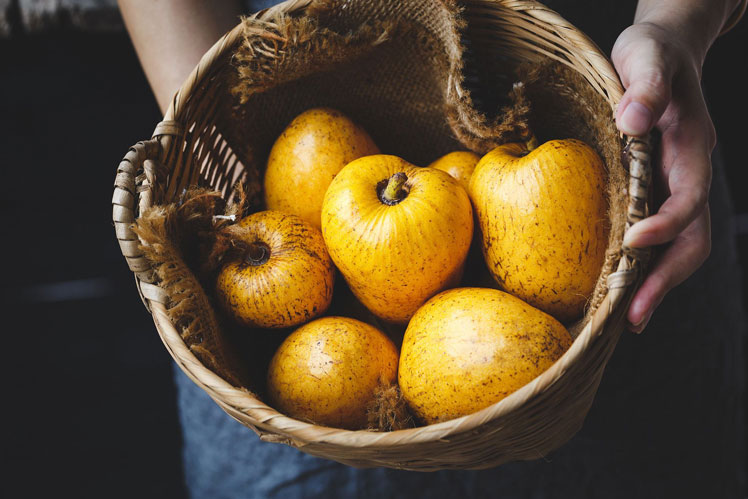

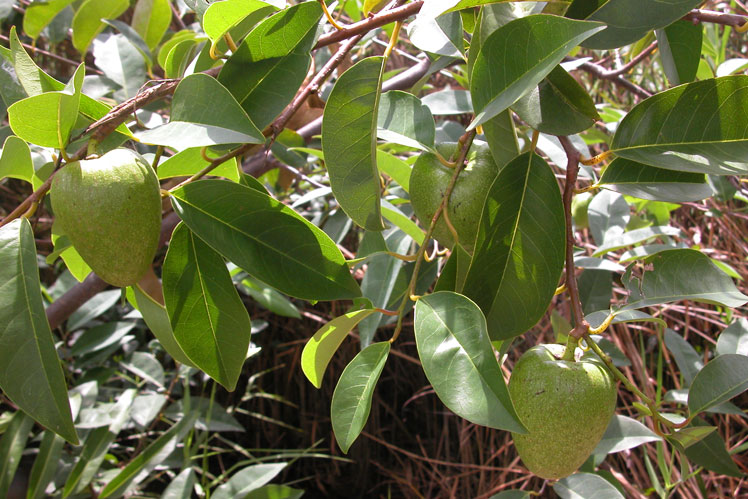
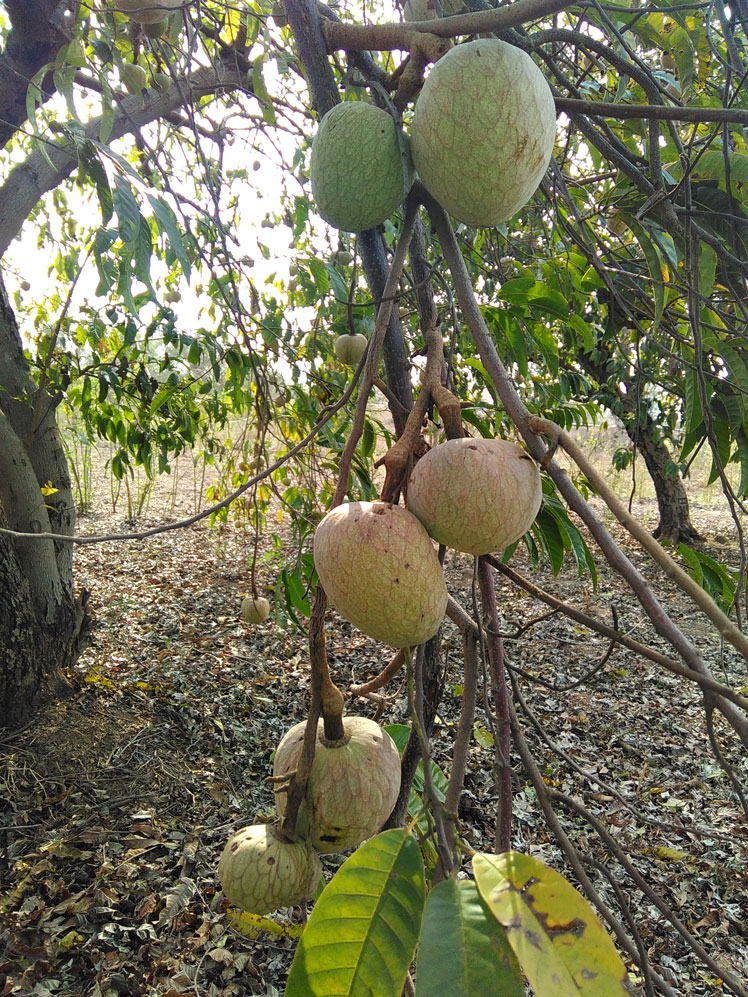

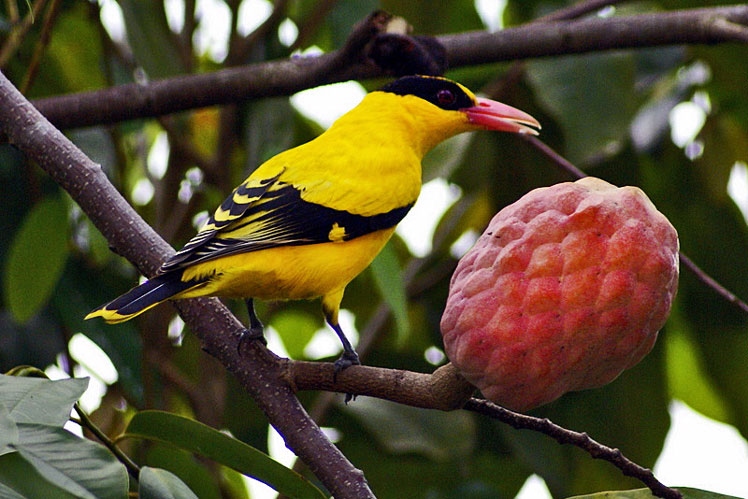
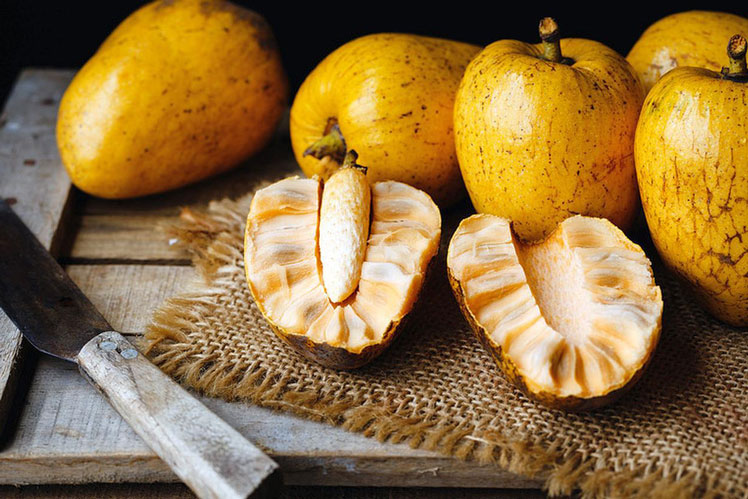
Cream apple (or netted Annona, or bull's heart) is a small tree with a height of 4,5 to 10 meters. The cream apple comes from the Antilles. Even in ancient times, it was naturalized in southern Mexico and Central America, then spread south to Peru and Brazil. In the seventeenth century, the tree was brought to tropical Africa.
Currently, it is cultivated in many tropical countries, and also occurs as wild populations in many parts of the world, in particular: in India, Taiwan, Bangladesh, Pakistan, Australia, Africa, in Southeast Asia (for example, in southern Vietnam), the Philippines and Guam.
The tree begins to bear fruit in the third or fourth year after planting. On average, one tree produces 50-100 fruits per year, which begin to ripen in July.
The cream apple fruit is heart-shaped, 8–16 cm in diameter, with a thick, tough skin. Depending on the variety, the skin can be yellow or brownish in color with a red, pink or brownish-red blush and a pronounced net pattern. Inside the fruit contains a fibrous-creamy pulp with black-brown or black shiny inedible seeds.
The flesh varies from juicy and very aromatic to firm with a repulsive taste. The taste is sweet and pleasant, similar to the taste of a "traditional" custard.
The flesh of the ripe fruit is edible fresh and can be added to cream and custard. Unripe fruits are used as a remedy for dysentery and diarrhea.
Grapefruit


Background photo created by freepik – www.freepik.com

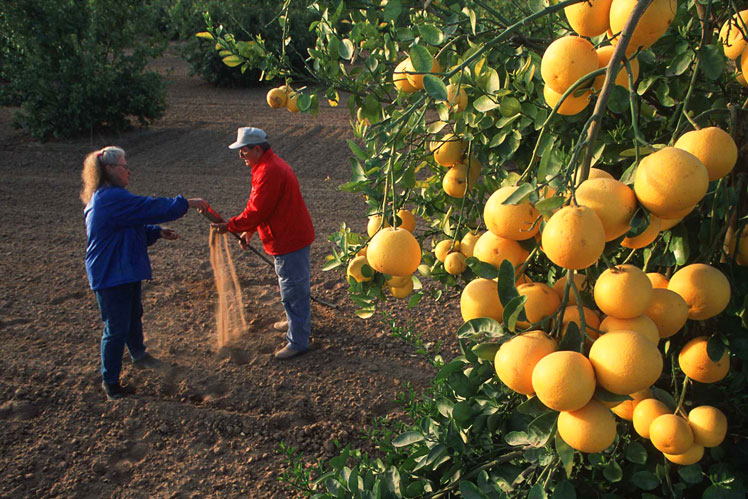
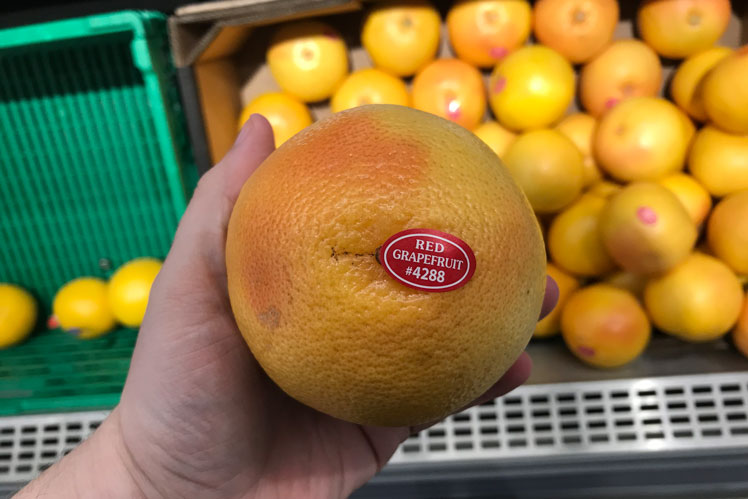
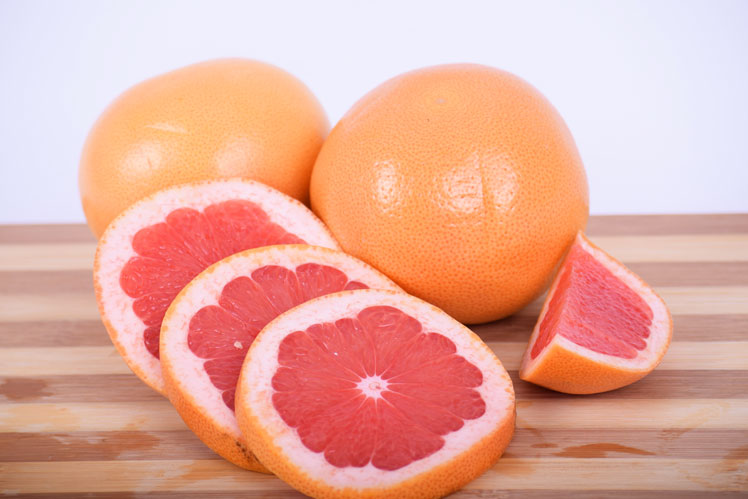
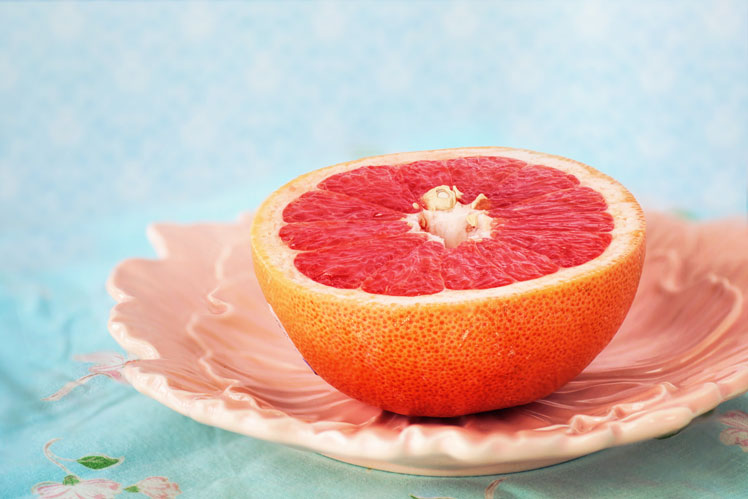

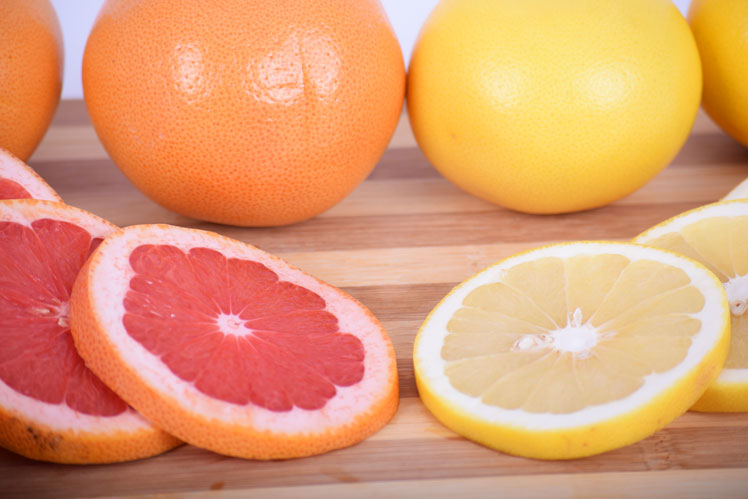
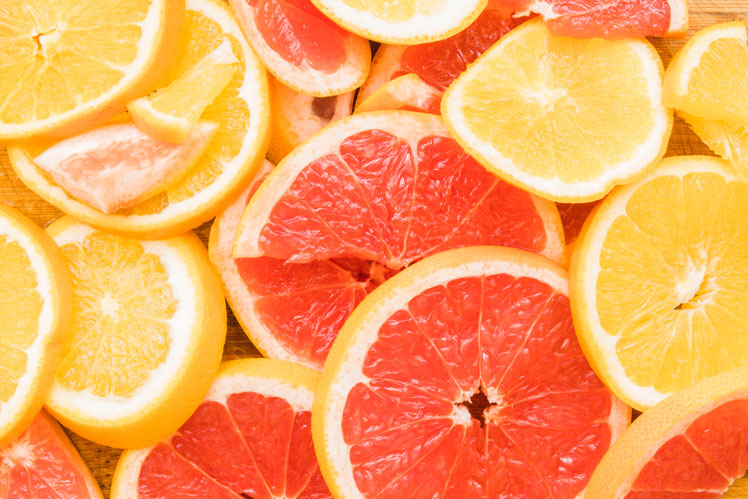
Background photo created by freepik – www.freepik.com
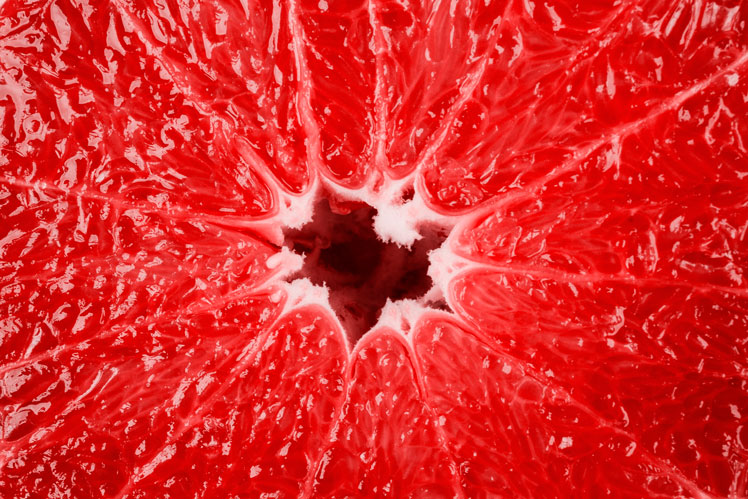
Background photo created by freepik – www.freepik.com
Grapefruit is a subtropical evergreen tree that is usually about 5-6 meters in height, however, cases have been noted when the tree reached 13-15 meters. Grapefruit is an accidental hybrid witch's broom и oranges.
The first to tell the world about the grapefruit was the Welsh botanist-priest Griffiths Hughes in 1750. He called the fruit "forbidden fruit", and in 1814 in Jamaica, merchants renamed the fruit grapefruit. After 1880, the industrial production of this crop began to grow rapidly in the United States, then in the Caribbean, Brazil, Israel and South Africa. In the XNUMXth century, grapefruit took a leading position in the global fruit market.
The name is derived from the English words grape (grapes) and fruit (fruit), since grapefruit fruits are often collected in bunches, thereby resembling bunches of grapes. The plant was mistaken for a pomelo until the 1830s, when it was given the Latin name Citrus paradisi.
The average period for which the fruits ripen is approximately 9-12 months. Grapefruit fruits are about 10-15 cm in diameter with sour pulp, divided into segments. The color of the pulp varies depending on the variety from light yellow to ruby red. The peel of the fruit is yellow, in varieties with red pulp it can acquire a reddish tint.
Outwardly, grapefruit fruits are similar to fruits oranges, but their flesh is sourer and with a touch of bitterness. Despite this, encyclopedias refer to them as dietary fruits. Subsequently, on the basis of grapefruit, breeders created tangelo and mineola.
The largest producer of grapefruit is China (about 4 million tons per year). It is followed by the USA (about 1 million tons per year) and Mexico (about 400 thousand tons per year).
More interesting fact. Every year on the second of February in countries where grapefruits are grown, the Grapefruit Picking Festival begins, which lasts for several days.
Sorts
There are about 20 varieties of grapefruit, which can be divided into two main groups: white (or yellow) grapefruit, with yellowish flesh, and red. Moreover, the more red hue the grapefruit pulp contains, the sweeter it is.
The American red-fleshed cultivar Ruby was patented in 1952. Other red cultivars originated primarily in Texas from it. Of these, Rio Red, Star Ruby and Flame are the most popular on the market.
There are varieties with many seeds in the fruit, as well as completely devoid of them.
Impact on health
Some substances contained in grapefruit actively interact with certain drugs. Therefore, it makes sense to inquire about the possible effects on the body of grapefruit components while taking medication. In general, it is not recommended to take grapefruit juice with drugs, as it increases the content of the active substance in the blood stream and thus causes an overdose effect.
Grapefruit also contains antioxidants that lower cholesterol levels and improve the proportion of HDL- and LDL-lipoproteins contained. Thus, one grapefruit per day contributes to the normalization of blood cholesterol levels. This is especially important for people suffering from ischemic heart disease and circulatory diseases, for whom elevated cholesterol levels are another risk factor. Researchers from the Hebrew University (Jerusalem) concluded in 2006 that "red"-fleshed grapefruits contain far more cholesterol-lowering substances than "yellow" varieties of grapefruits.
Grapefruit juice increases the acidity of gastric juice, so it is recommended for people with low acidity.
grapefruit consumption
Grapefruit fruits are eaten mostly raw, used as an ingredient in fruit and spicy salads. Jam is also made from it and juices are made.
Before eating, it is recommended to cut the grapefruit fruit with a sharp knife (there is also a special knife for this purpose). The core in each half with a part of the adjacent films is removed. Sugar is placed in the resulting recess. The gradually formed sweet juice is extracted with a teaspoon. If sugar is replaced with fructose, xylitol, honey, then grapefruit juice, with the knowledge of a doctor, can be included in some strict diets.
There is an easier way to get rid of the bitterness of the grapefruit fruit – to remove the translucent leathery film covering each slice of the fruit, in which quinic acid and bitter glycosides are mainly concentrated.
Grapefruit essential oils are used in confectionery and alcoholic beverage production, as well as in perfumery for the manufacture of a variety of colognes and toilet waters.
We also recommend:
◆Chalta, alligator apple, citron, quince: extraordinary fruits from around the world
◆Chayote, elephant apple, ficus sur, lime: extraordinary fruits from around the world
◆Ear ficus, Thai eggplant, soap tree, blood orange: outlandish exotic fruits


